AWS Cloud: A Comprehensive Guide
 Nayan Rao
Nayan Rao
Introduction:-
In today's digital age, the cloud has become more than just a buzzword—it's a fundamental shift that has revolutionized the way businesses approach technology. At the forefront of this transformation stands Amazon Web Services (AWS), a dynamic and versatile cloud computing platform that has redefined how organizations of all sizes manage their IT infrastructure, innovate, and scale. In this blog post, we'll embark on a journey to explore the far-reaching capabilities of AWS, its key services, real-world applications, and the immense impact it has made on the global tech landscape.
What is Aws
Amazon Web Services (AWS) is a comprehensive cloud computing platform offered by Amazon. Launched in 2006, AWS has grown to become a juggernaut in the industry, providing a vast array of services that cater to diverse computing needs. These services range from computing power and storage to databases, networking, analytics, machine learning, and more. With AWS, users can access resources on-demand, paying only for what they use, which helps businesses avoid the upfront costs and complexities of managing physical hardware.
Key AWS Services for Beginners
IAM -
Central to the security and access management architecture of Amazon Web Services is IAM, or Identity and Access Management. IAM serves as the gatekeeper to your AWS resources, allowing you to define who can access what, and what they can do with it. With IAM, you can create and manage user identities, assign granular permissions through policies, and control access across your organization's cloud ecosystem. Whether you're setting up individual users, organizing them into groups, or delegating permissions to external services using roles, IAM ensures that the principle of least privilege is upheld, safeguarding your resources from unauthorized access. This powerful service not only enhances security but also offers the flexibility needed to tailor access controls to your unique operational requirements.
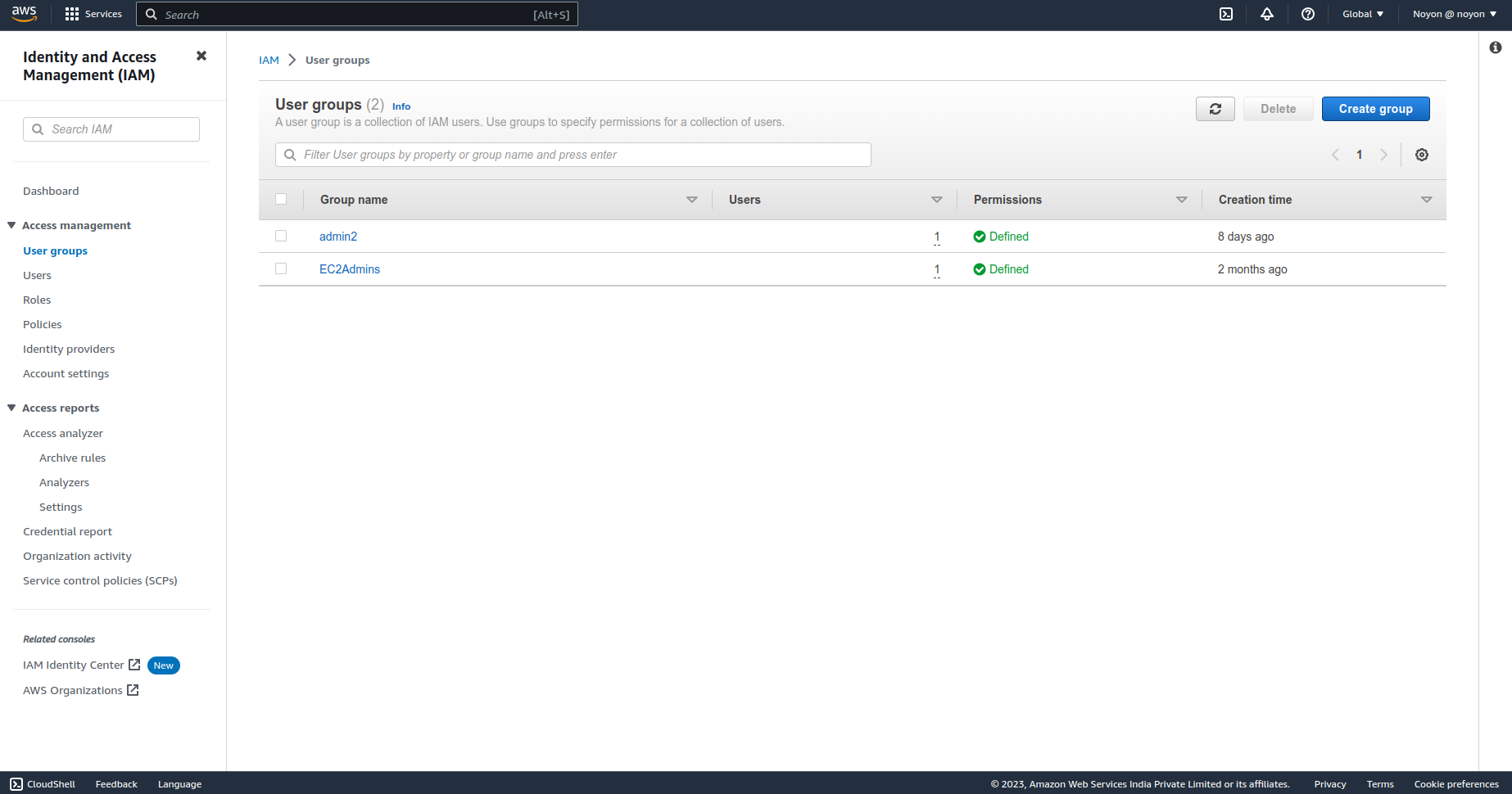
Amazon EC2
Elastic Compute Cloud. EC2 redefines the concept of computing resources, offering resizable virtual machines that cater to diverse computing needs. Whether you're launching a web application, running a data analysis workload, or testing software configurations, EC2 provides the flexibility to choose from a variety of instance types optimized for different use cases. With EC2, you have complete control over your virtual servers, including the operating system, storage, and networking settings. This empowers you to scale up or down based on demand, ensuring optimal performance while optimizing costs. EC2 instances can be spun up in a matter of minutes, reducing the time it takes to bring your projects to life. Thanks to EC2's pay-as-you-go pricing model, you only pay for the resources you consume, making it an ideal choice for businesses of all sizes looking to harness the power of cloud computing. Amazon Machine Images (AMIs) enable you to replicate and deploy entire environments with a few clicks. From hosting websites to running complex simulations, EC2 provides the foundation for turning ambitious ideas into reality in the ever-expansive realm of cloud computing.
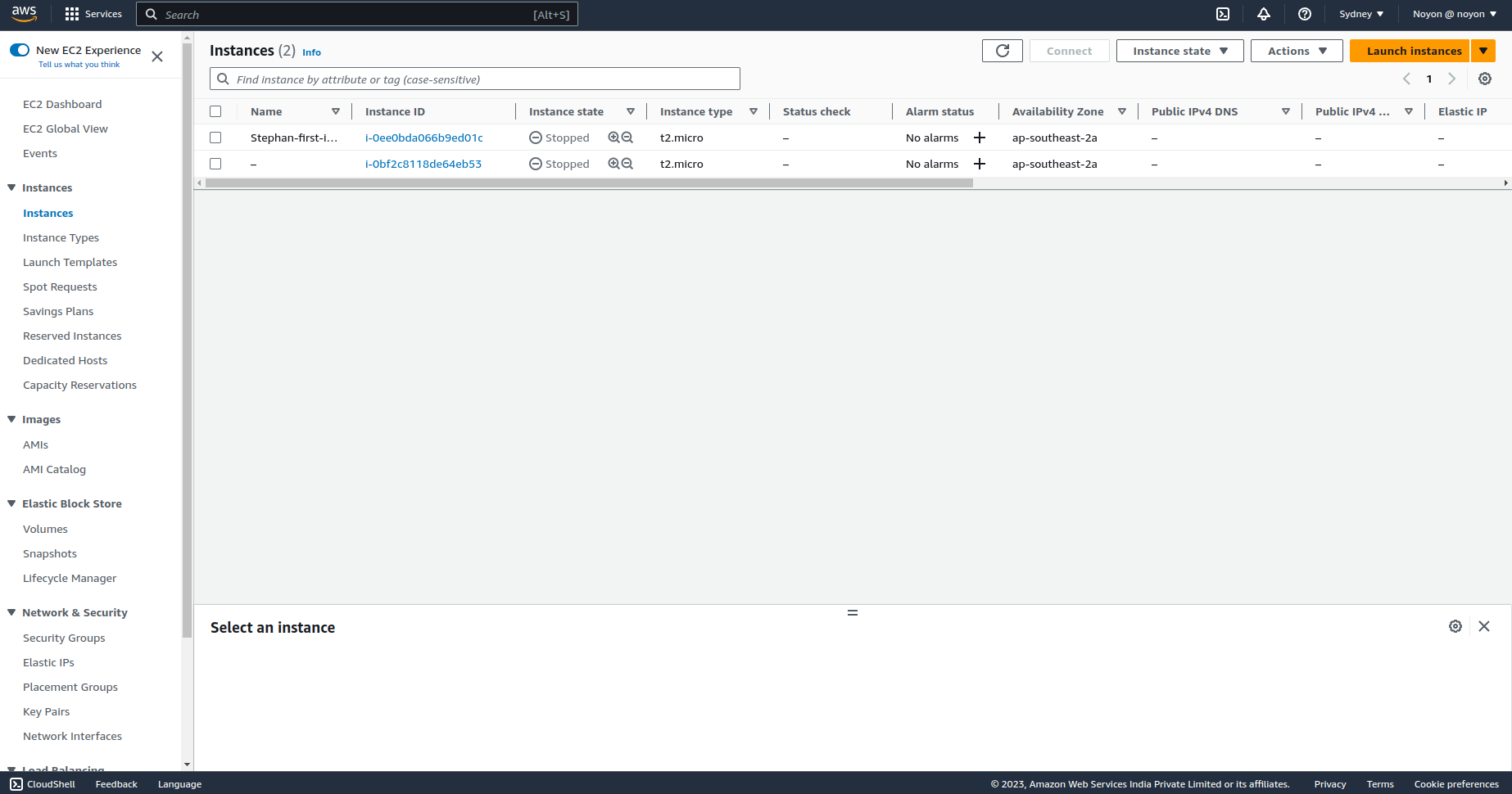
Amazon S3
Amazon S3 or (Simple Storage Service). S3 offers an elegant solution for securely storing and managing vast amounts of data in the cloud. It's like having a virtual storage unit that can house anything from simple documents to intricate multimedia files. S3's scalability is remarkable—it can seamlessly accommodate petabytes of information, all while ensuring durability and availability. The versatility of S3 extends to its storage classes, allowing you to optimize costs by choosing the right storage option based on the frequency of access you require. With features like versioning, access control, and lifecycle policies, S3 grants you fine-grained control over your data, ensuring it's stored, retrieved, and managed according to your specific needs. Whether you're building a backup solution, hosting static assets for a website, or creating a data lake for analytics, Amazon S3 sets the stage for reliable, accessible, and scalable data storage in the cloud.
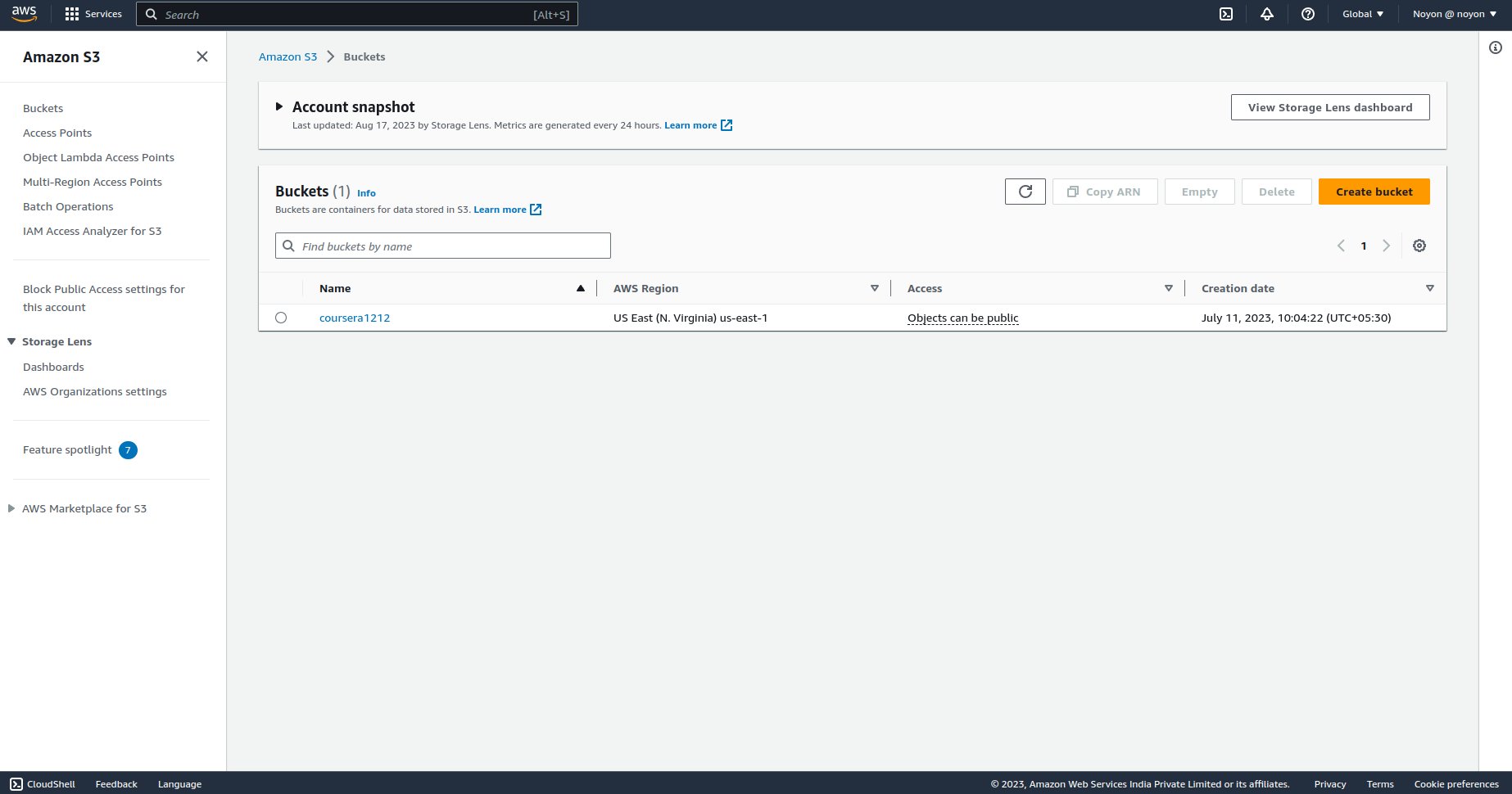
Aws VPC
Amazon VPC, or Virtual Private Cloud. VPC is the architectural cornerstone that empowers you to design and control your own network environment within Amazon Web Services. With VPC, you have the freedom to define your network's IP address space, configure subnets, and even create private connections to your on-premises infrastructure. This virtual isolation not only enhances security by providing dedicated and logically isolated sections of the AWS cloud but also grants you the flexibility to build complex, multi-tiered architectures with control over inbound and outbound traffic flows. Whether you're crafting a secure environment for applications, deploying database resources, or integrating cloud resources with your local network, Amazon VPC puts the power of network customization and isolation at your fingertips, allowing you to architect your cloud infrastructure to match your unique business requirements.
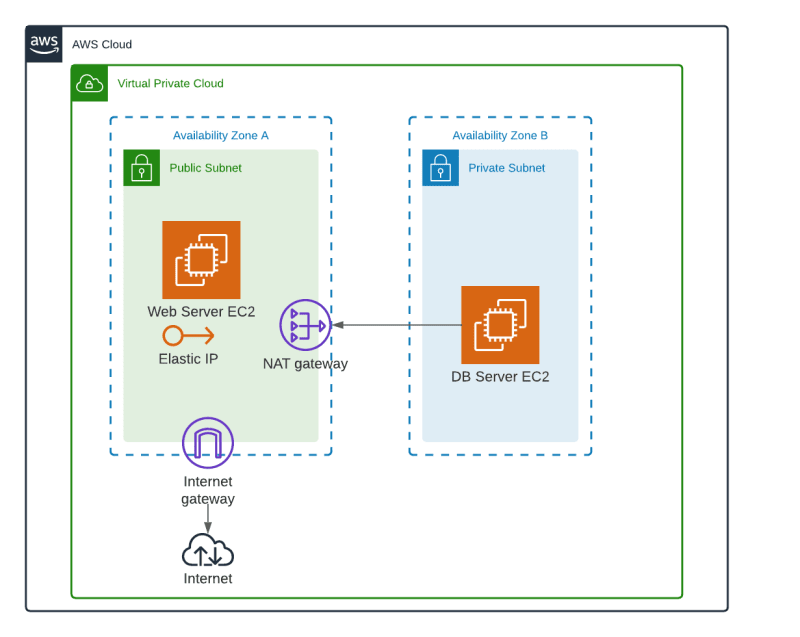
Aws Lambda
Imagine a computing world where you can run code without ever worrying about provisioning or managing servers—welcome to the realm of AWS Lambda. Lambda is a serverless computing service that reimagines how applications are developed and executed. With Lambda, you can focus solely on writing code to execute specific functions or tasks, while AWS takes care of the rest, including automatically scaling to handle incoming requests. This revolutionary service allows you to respond to events, triggers, or HTTP requests, making it perfect for building microservices, processing data streams, and orchestrating complex workflows. The pay-as-you-go model ensures that you only pay for the computing time you consume, freeing you from the burden of idle resources. Whether you're a developer looking to streamline application development or a business seeking to enhance agility, AWS Lambda offers a frictionless path to harnessing the power of serverless computing, where code reigns supreme
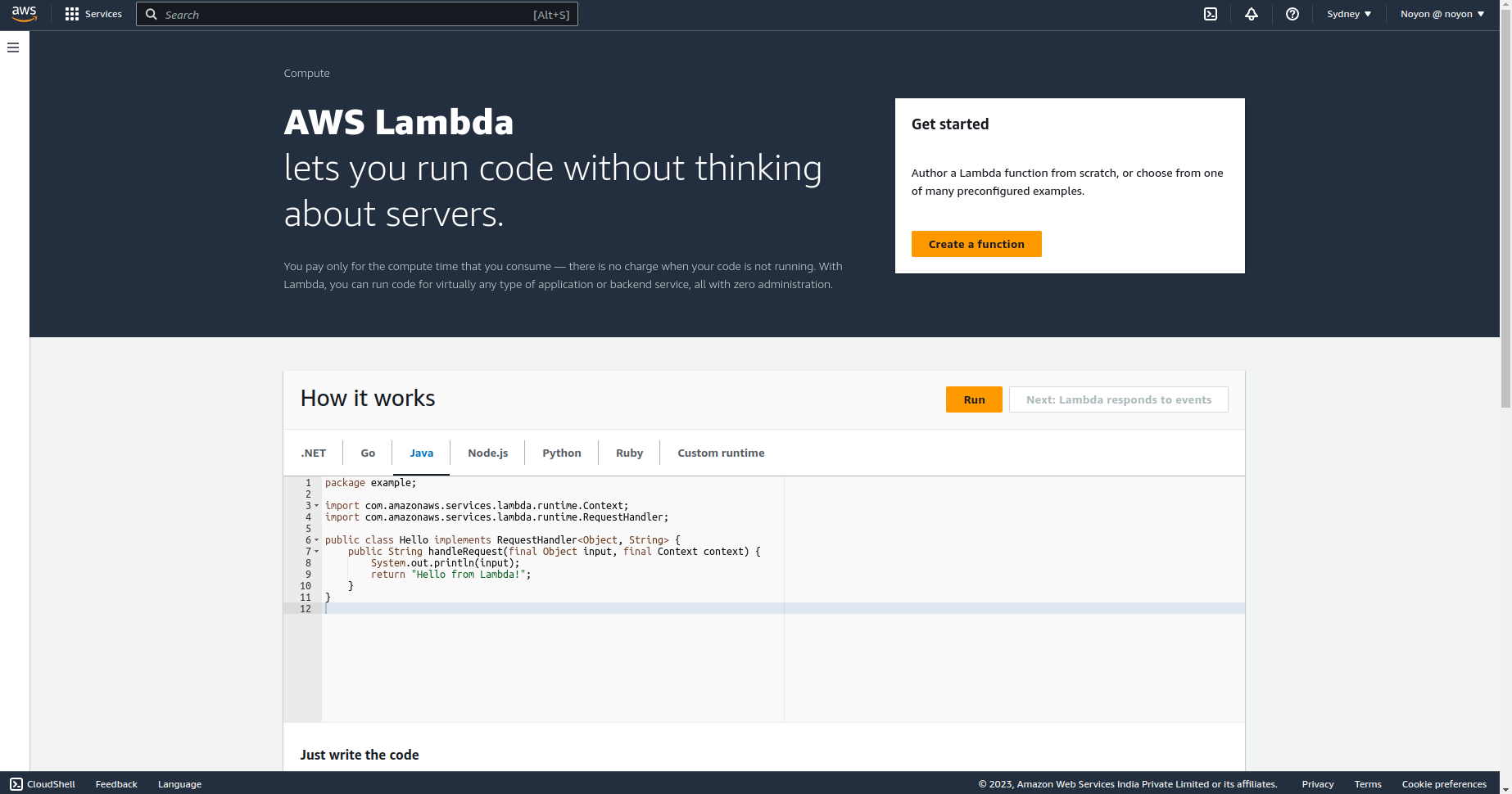
Scalability and Elasticity
Scalability and elasticity are twin pillars of power in the realm of cloud computing, and Amazon Web Services (AWS) is a master at harnessing their potential. Scalability refers to the ability to seamlessly handle increased demand by adjusting resources, ensuring optimal performance without disruption. AWS allows you to scale vertically by upgrading instance types or horizontally by adding more instances to your application. But it's an elasticity that truly shines—an AWS hallmark. Elasticity takes scalability a step further, automatically adapting resources based on traffic fluctuations. With AWS, your system can automatically scale up during peak times and scale down during lullss, saving costs while delivering consistent user experiences. This dynamic duo empowers businesses to respond promptly to changing demands, keeping applications robust and responsive, and eliminating the constraints of traditional infrastructure.

Security and Compliance
When it comes to the cloud, security and compliance are paramount, and Amazon Web Services (AWS) sets the gold standard. AWS goes above and beyond to ensure your data and applications are protected at every layer. With a comprehensive suite of security features, including identity and access management, encryption, and threat detection, AWS enables you to build a robust defence against potential threats. What's more, AWS maintains an extensive list of compliance certifications, meeting industry-specific standards and regulations. Whether you're in healthcare, finance, government, or any other sector, AWS's commitment to security and compliance means you can confidently move sensitive workloads to the cloud, knowing that your data remains secure and aligned with regulatory requirements.
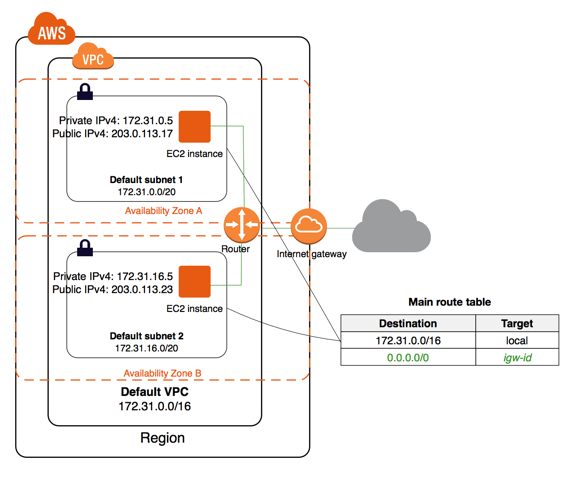
Conclusion
Amazon Web Services offers a vast and powerful toolkit for cloud computing, catering to a wide range of needs, from startups to established enterprises. As you embark on your AWS journey, remember that learning the basics is just the beginning. The cloud is ever-evolving, and AWS's continuous innovation ensures that there's always something new to explore and integrate into your projects. So, whether you're looking to host a website, build a machine learning model, or transform your business operations, AWS is your ticket to unlocking the full potential of the cloud. Happy cloud computing!
Subscribe to my newsletter
Read articles from Nayan Rao directly inside your inbox. Subscribe to the newsletter, and don't miss out.
Written by
